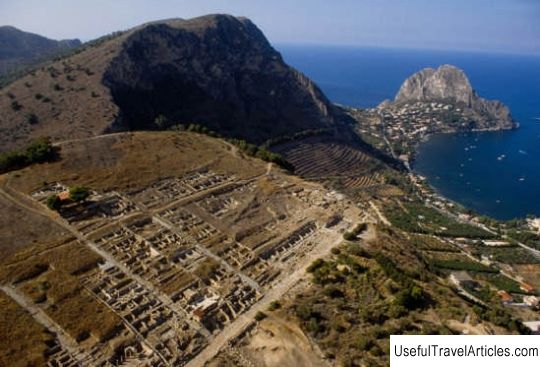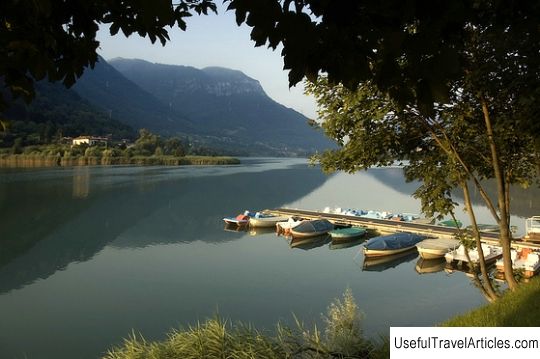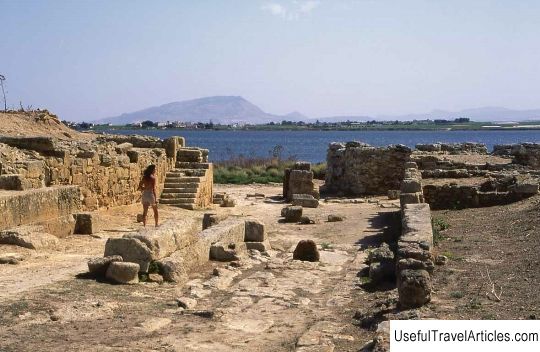Ancient city of Solunto description and photos - Italy: Sicily Island
Rating: 7,6/10 (1298 votes) 
Ancient city of Solunto description and photos - Italy: Sicily Island. Detailed information about the attraction. Description, photographs and a map showing the nearest significant objects. The title in English is Solunto. Photo and descriptionSolunto is an ancient city near Palermo, founded in the 4th century BC. Carthaginians on a plateau in the Catalfano mountains. For almost a hundred years, the Carthaginians controlled the city - in those years, Solunto, which became a major seaport, could compete with Palermo and Mozia. Later, the city was ruled by the tyrant of Syracuse Dionysius the Elder and was destroyed. After some time, Solunto was restored and occupied by Greek mercenaries, and during the First Punic War it passed into the possession of the Roman Empire. These events can be judged by the inscriptions in Greek and Latin. The first archaeological excavations on the territory of Solunto were carried out in the 19th century - part of the city was almost completely excavated. Further work was carried out in the second half of the 20th century. Then a significant part of the urban development was discovered, which made it possible to reconstruct Solunto. The Antiquarium located at the entrance to the excavation zone displays objects from two houses of Solunto: two censers, ceramics from the 4th century BC. and fragments of painted plaster. Here you can also see three plates in the Carthaginian style, a small bas-relief depicting horsemen, column capitals from the times of Ancient Rome, figurines and several coins from different cities of Sicily. Not far from the quarter of ordinary people there is a zone with the most luxurious buildings, of which only ruins and fragments of mosaics remain. The so-called Gymnasium was excavated in the middle of the 19th century: inside there are preserved mosaic floors and drawings, restored in the second half of the 1st century. Leda's House is another well-preserved structure, discovered in 1963. The rooms of the house and the walls of its covered gallery were richly decorated with mosaics and paintings, which complemented a variety of sculptures, including three small female figurines in robes, two of which were made of marble and one of limestone. Nearby there is an imposing complex of buildings, uniquely interpreted as a temple. On the left is an altar with an inclined slab that connected the altar to the chalice, the latter probably used to collect the blood of the sacrifices. Prayer rituals were held in the central part of the complex. Until now, nothing is known about the purpose of the third part of the complex, from which only ruins have survived.          We also recommend reading Riding Center Jakubus (Dwor w Jakubowicach) description and photos - Poland: Greater Poland Topic: Ancient city of Solunto description and photos - Italy: Sicily Island. |




